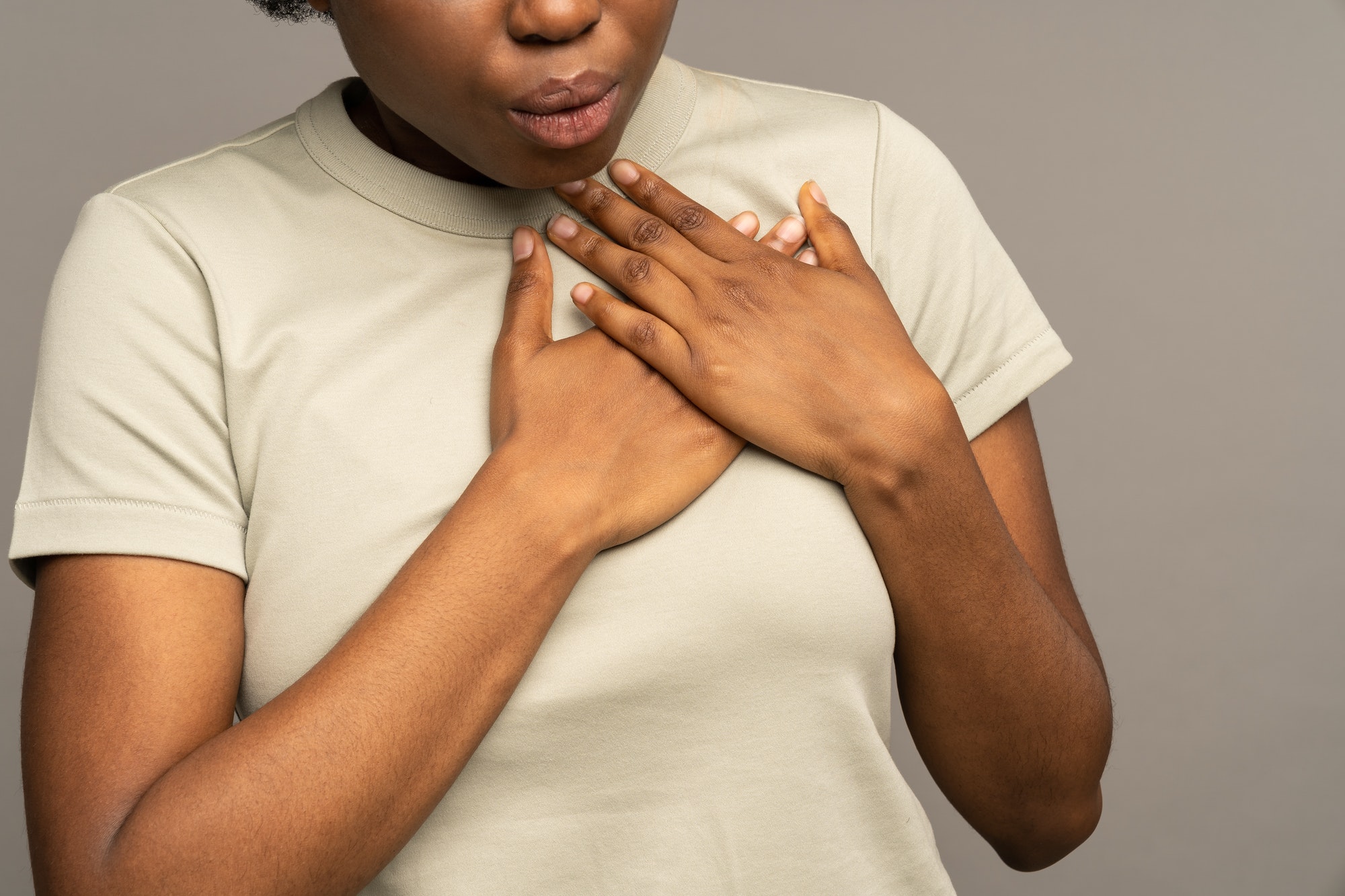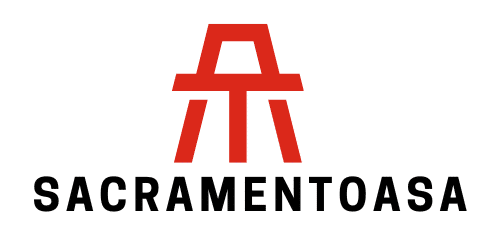What Are the Best Breathing Techniques for COPD Patients During Pulmonary Rehabilitation?

COPD, or Chronic Obstructive Pulmonary Disease, is a group of progressive lung diseases including emphysema and chronic bronchitis. You may be one of the millions of people worldwide suffering from COPD. One of the most common symptoms of COPD is shortness of breath, or dyspnea, which can dramatically hinder your everyday activities. However, there is hope in the form of pulmonary rehabilitation.
Pulmonary rehabilitation is an integral part of managing COPD. It involves a multidisciplinary approach to help improve the quality of your life. This includes exercise training, health education, and breathing techniques specifically designed to help manage the disease. In this article, we will delve deeper into the best breathing techniques to complement your exercise regime and improve your overall health.
Sujet a lire : What Are the Health Benefits of Forest Bathing for Urban Residents?
Understanding the Role of Breathing in COPD
Your breathing process is a critical cog in the wheel of your health. In COPD, it’s even more crucial to understand its role. This disease adversely affects your lungs, reducing their capacity to take in and process oxygen, leading to difficulties in breathing.
But, by learning and practicing specific breathing techniques, such as pursed-lip breathing and diaphragmatic breathing, you can manage your symptoms more effectively. These techniques have been studied for their effects on people with COPD, and multiple studies have confirmed their benefits, including reduced dyspnea and improved exercise tolerance.
A lire aussi : What Are the Mental Health Benefits of Regular Ocean Kayaking?
Pursed-Lip Breathing Technique
The first technique we’ll explore is the pursed-lip breathing technique. This method specifically helps to slow down your breathing rate, allowing for better airflow in and out of your lungs.
In addition to providing oxygen to your body, breathing also removes the carbon dioxide waste produced during metabolism. In COPD patients, the airways can become narrowed or blocked, making it difficult to expel this carbon dioxide. By practicing pursed-lip breathing, you can help your lungs to remove this waste more effectively, improving your overall lung function.
Diaphragmatic Breathing Technique
Diaphragmatic breathing, also known as belly breathing, is another technique that can be beneficial for people with COPD. This method involves using the diaphragm, a large muscle that separates the chest cavity from the abdominal cavity, which is naturally designed to aid in efficient breathing.
However, people with chronic lung conditions like COPD often rely more on their accessory muscles (the muscles in your neck and upper chest) to breathe, which can lead to quicker fatigue and shortness of breath. Diaphragmatic breathing exercises can help to retrain your muscles to use the diaphragm correctly, reducing the amount of work required to breathe and alleviating dyspnea symptoms.
Singing for Lung Health
You may be surprised to learn that singing can also be a useful tool for COPD management. Singing is essentially a form of exercise for your lungs. It requires the control of your breathing and engages your diaphragm and intercostal muscles (the muscles between your ribs), both of which can be beneficial for people with COPD.
Studies have suggested that singing can help to improve your lung function and exercise capacity. It can also improve your quality of life by enhancing your mood and reducing stress, which can often accompany chronic diseases like COPD.
Exercise Training and COPD
Just as your muscles need exercise to remain strong and healthy, so do your lungs. Exercise training is an essential part of pulmonary rehabilitation for people with COPD, and it can have multiple benefits, including improved lung function, increased exercise tolerance, and better quality of life.
Low-intensity exercises such as walking or cycling can be particularly beneficial. It’s important to start slowly and gradually increase the intensity and duration of your exercise as your fitness improves. Always remember to incorporate your breathing techniques during exercise to help manage your symptoms.
In conclusion, if you’re a patient living with COPD, integrating these breathing techniques into your pulmonary rehabilitation program can greatly help manage your disease. They can alleviate dyspnea, improve your exercise tolerance, and enhance your quality of life. Remember, it’s important to seek guidance from a healthcare professional before starting any new exercise or breathing technique.
Effective Ways to Incorporate Breathing Exercises into Daily Routine
For patients with chronic obstructive pulmonary disease (COPD), incorporating breathing exercises into your daily routine can be a game-changer. These exercises are not just beneficial for pulmonary rehabilitation, but they also significantly improve the quality of life.
Pursed-lip breathing is one technique that can conveniently be practiced anytime and anywhere. By pursing your lips as if you’re about to whistle and breathing out slowly, you are not only aiding in better oxygen-carbon dioxide exchange, but also helping your airways stay open longer, making breathing easier.
Diaphragmatic breathing, on the other hand, is best practiced when you’re in a calm and quiet space, either sitting up or lying down. Diaphragmatic breathing involves deeply inhaling through the nose, causing the belly to rise as your diaphragm descends, and exhaling slowly through the mouth. This technique is especially helpful in alleviating dyspnea symptoms and retraining your muscles to harness the power of the diaphragm correctly.
Singing, although unconventional, is a great breathing exercise. It helps not only in enhancing mood and reducing stress but also in improving lung function and exercise capacity. Singing requires control of your breathing and engages your diaphragm and intercostal muscles. You don’t have to be a professional singer to reap these benefits; simply humming your favorite tune will do the trick.
Pulmonary Rehabilitation and COPD: A Conclusion
Managing COPD requires not only medication, but also lifestyle adjustments, including breathing exercises and a commitment to regular exercise. Pulmonary rehabilitation can be pivotal in providing a multidisciplinary approach that includes physical training, health education, and breathing techniques.
Pursed-lip breathing and diaphragmatic breathing are two primary techniques proven to reduce dyspnea, improve exercise tolerance, and enhance overall lung function. These techniques, when mastered and practiced consistently, can greatly improve the life quality of COPD patients.
Additionally, low-intensity exercises such as walking or cycling can contribute to improved lung function and increased exercise tolerance. It is advised to consult with a healthcare professional for personalized exercise programs that take into account your overall health condition.
Incorporating singing as part of your routine may seem surprising, but it is indeed beneficial in managing COPD. It exercises the lungs, employs the diaphragm and intercostal muscles, and has a positive impact on mood and stress levels.
Pulmonary rehabilitation is not a one-size-fits-all approach. It’s a customized program that requires the willingness of the patient to commit to a healthier lifestyle. Remember, the journey to better health is a marathon, not a sprint. It requires patience, consistency, and perseverance. With the right guidance and commitment, managing COPD can become a part of your daily life, contributing to improved health and a better quality of life.
